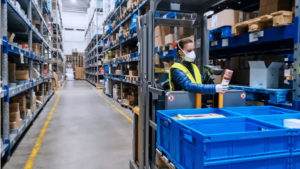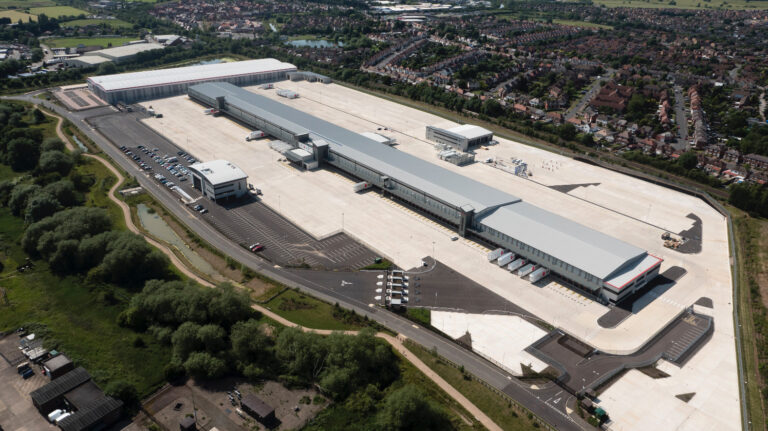There is 7% less warehouse space available to industrial and logistics occupiers in the UK than there was this time last year with e-commerce fulfilment driving take-up levels.
According to JLL’s latest Big Box Industrial & Logistics Market research, at the end of the first half of 2020 there was 25.4 million sq ft of Grade A space available across the UK, 7% lower than the end of 2019 when 27.2 million sq ft was available.
 Occupier take-up of Grade A logistics floorspace in the first half of 2020 totalled 9.7million sq ft, in line with the first half of 2019 where 9.6 million sq ft was taken up, but 6% below the second half of 2019 (10.3 million sq ft).
Occupier take-up of Grade A logistics floorspace in the first half of 2020 totalled 9.7million sq ft, in line with the first half of 2019 where 9.6 million sq ft was taken up, but 6% below the second half of 2019 (10.3 million sq ft).
There were also 2.4 million sq ft of short-term lettings of 12 months or less in the first half of this year, as occupiers reacted to the impact of Covid-19.
JLL said that retailers accounted for the largest share of take-up in the first half of this year, at 63%, while e-commerce accounted for 27%.
Ed Cole, head of logistics at JLL, added: “This pandemic has accelerated a structural shift that had already been taking place in the market further highlighting the importance of e-commerce and the need for retailers to embrace omni-channel.
Cole said that 27% of all Grade A floorspace taken up in the first half of 2020 by e-commerce fulfilment, partly reflected the immediate impact of this pandemic, but also took into account the longer-term demand from consumers who are seeing the benefits of online shopping and its convenience.
 “This,” he said, “has already translated in to demand for logistics space from retailers but also parcel delivery companies, which will no doubt continue. A number of parcel operators have stated that they are operating at levels higher than their usual peaks and they have taken space quickly to adapt to this elevated demand.”
“This,” he said, “has already translated in to demand for logistics space from retailers but also parcel delivery companies, which will no doubt continue. A number of parcel operators have stated that they are operating at levels higher than their usual peaks and they have taken space quickly to adapt to this elevated demand.”
According to JLL there is currently some 4.9 million sq ft of big box logistics floor space speculatively under construction nationally.
“The global pandemic has also put pressure on the pharmaceutical industry and shown the importance of having medical supplies and PPE equipment close to source.
“Structurally companies will need to consider the levels of stock they hold in the UK going forward and how well placed they are to address future spikes in demand including the potential need for reshoring of production and manufacturing.”







